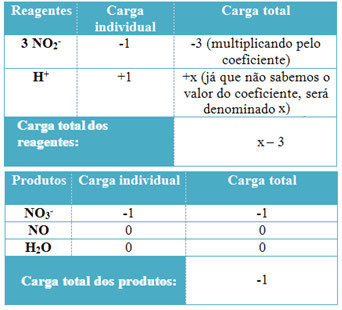Briefly and objectively, the essay must have three parts:
1. Introduction
2. Development
3. Conclusion
But how is each one of them? What is it necessary for them to have?
Let's see, separately:
1. Introduction
What is introduction if not the act of introducing? So, let's see: to introduce is to bring in, to become fixed.
It is no wonder that the beginning of the text has this name, since it is responsible for making the reader want to go in, fix their eyes and read the rest of the text.
The introduction must present the main idea (phrase topic) that will be discussed not only in the first paragraph, but throughout the text!
As it is the first contact the reader has with the writing, the way the introduction is arranged is very important. The purpose of the text should be explored in sentences that attract the target audience. It is important not to take too long in this step, three lines are enough.
Remember that the text starts with the introduction, on the first line. So choose a title when production is complete, as there is no way to know exactly
2. Development
It is called the “body of the text”, where the chosen theme is approached and, as the name says, developed. After introducing the topic, it is time to debate it, through the presentation of the arguments.
It is necessary that the ideas are clear and exemplified, if applicable. In this step, avoid repetitions of terms or clauses that have the same meaning. Also avoid very long periods, as they tend to make reading boring, monotonous. Furthermore, it can cause the writer to lose himself in his own arguments.
Do not want to demonstrate more than you know about a particular subject, as you may fall into the error of repetition of ideas, exposed above. And it is not necessary to “fill sausage”, since quality is essential, but quantity of arguments is not, nor of lines: 18 to 22 lines of development are enough!
3. Conclusion
To finish is to finish, to finish. So it's the outcome of the text. Many do not attach importance to this step, but without it the text is vague, meaningless.
In a paragraph, the conclusion must bring together the ideas raised throughout the text, however, with a position on the part of the writer or a solution to a problem presented.
Never put: We conclude that, I conclude that, Ending, Summarizing or equivalents in the conclusion because it is not It is necessary for the writer to notify that he will finish the text, as this step must be perceived by the reader and not alerted.
By Sabrina Vilarinho
Graduated in Letters
Source: Brazil School - https://brasilescola.uol.com.br/redacao/as-partes-redacao.htm


